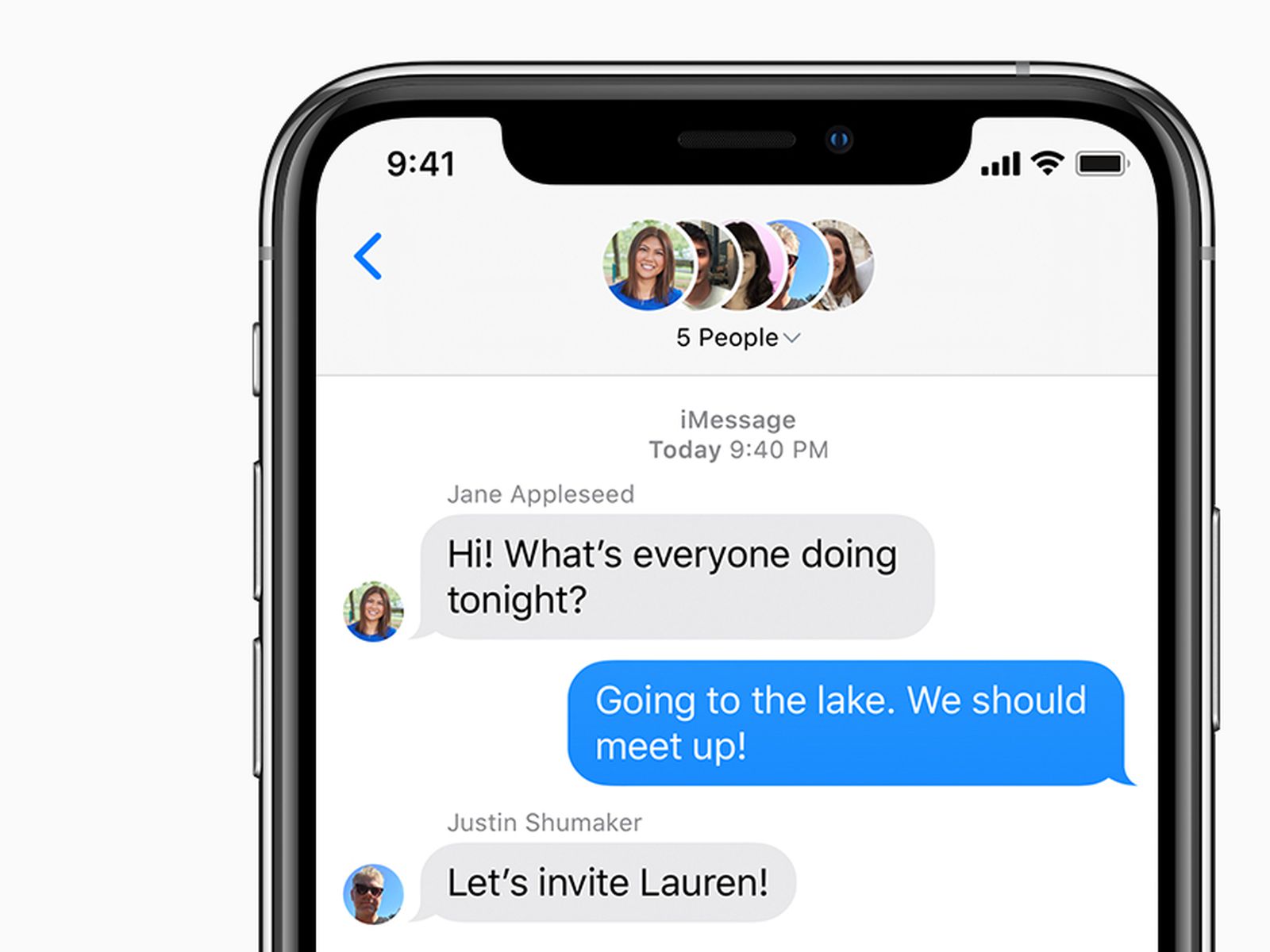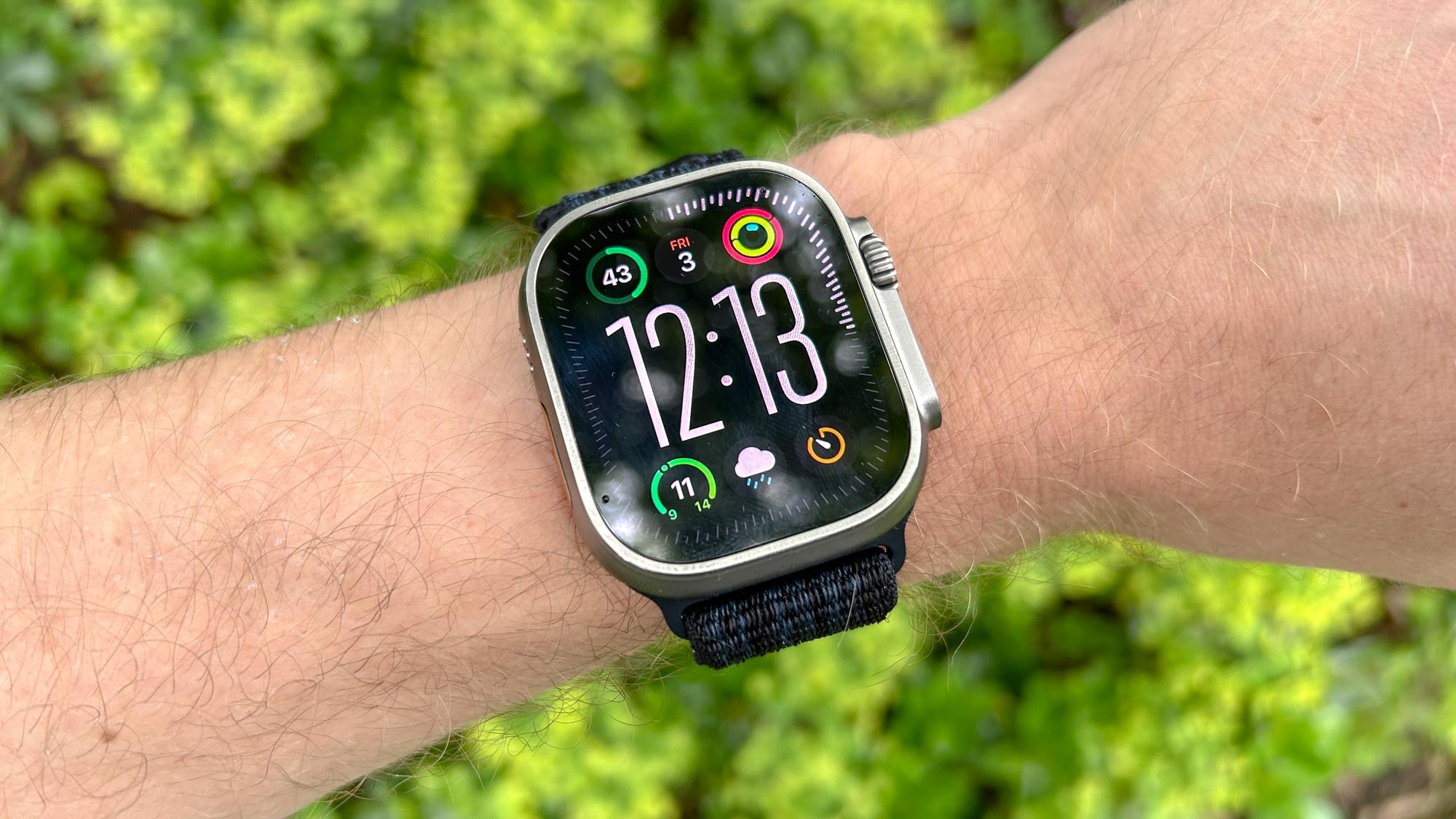Last year, Bloomberg’s Mark Gurman shared that Apple was working on a friendlier, chattier Siri for iOS 19.4, powered by smarter tech called “large language models.” But in his latest Power On newsletter, he says this upgrade, meant to rival ChatGPT, is falling behind inside Apple.
What’s Happening with iOS 19?
Gurman explained that Apple won’t show off this talkative Siri at WWDC 2025 in June as planned. It also won’t be ready for iOS 19.4, expected around March or April next year. Instead, some engineers at Apple now think this big Siri update might not come until iOS 20.
- This delay hints that Apple is still playing catch-up to companies like OpenAI in the AI race.
- Even so, Gurman believes iOS 19 will bring small tweaks to Siri’s core setup, helping it tackle trickier questions.
What’s Coming Soon?
While waiting, iOS 18.2 has already added a ChatGPT boost to Siri. Later updates should bring Google Gemini into the mix too. Meanwhile, iOS 18.5, due in May, will give Siri new tricks—like noticing what’s on your screen, understanding you better, and controlling apps more deeply. These were supposed to hit with iOS 18.4, but the shift shows Apple’s ongoing struggles to keep up its timeline.







